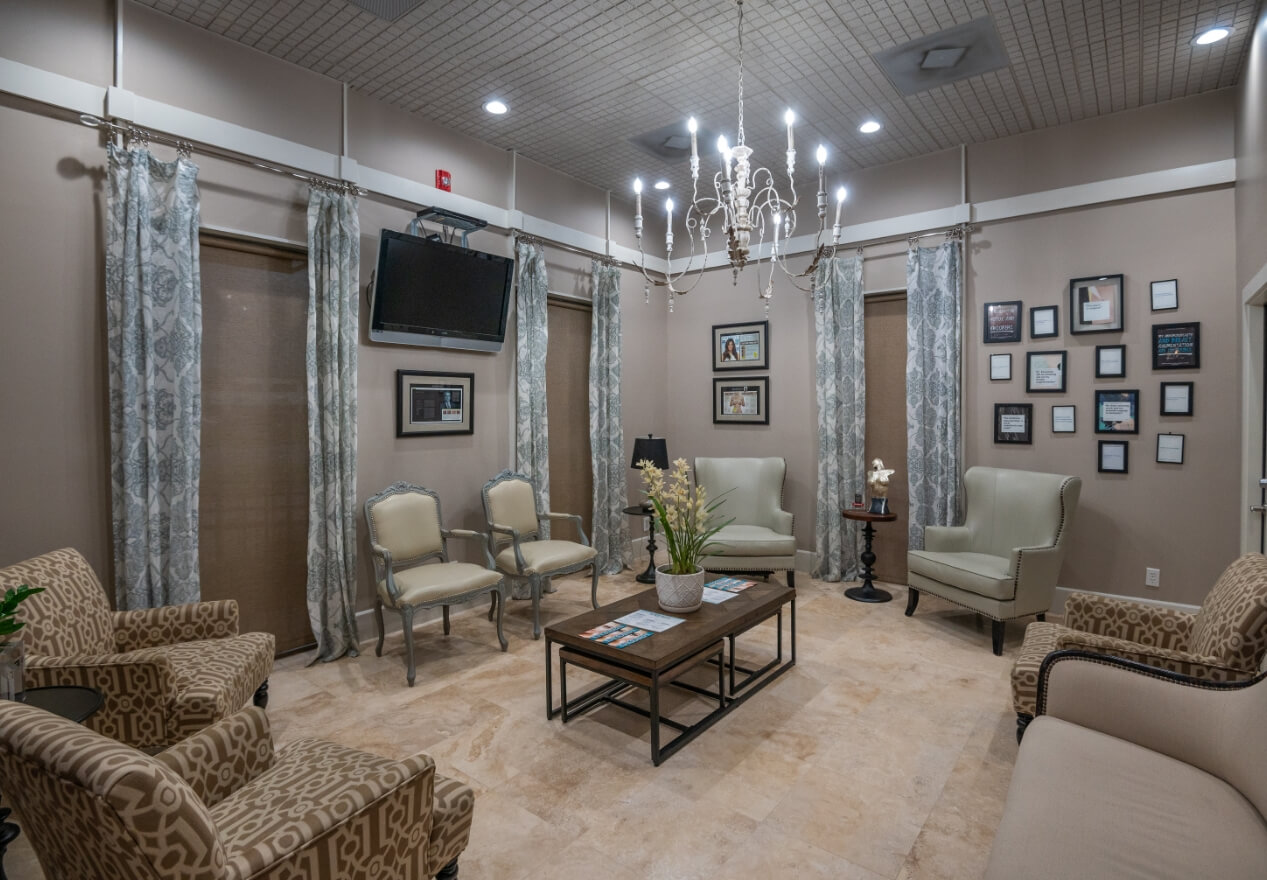Breast Reduction | 5 minute read

Breast reduction surgery (reduction mammaplasty) is a life-changing procedure for individuals struggling with overly large breasts. This surgery helps relieve neck, shoulder, and back pain, bra strap grooving, and skin irritation while improving body proportion and mobility. While the results are amazing, proper post-surgical care is key to a smooth recovery and the best results. In this blog, we’ll explore the breast reduction recovery process and offer some helpful tips to minimize discomfort and speed up healing.
Immediately After Breast Reduction Surgery
When you first wake up, you can expect to be groggy but comfortable; you will require assistance for the first 48 hours following surgery. Instructions will be provided to you and your driver before you are discharged, and prescribed medication should have already been picked up and ready at home.
Waking Up from Anesthesia
To ensure comfort, breast reduction surgery is performed under general anesthesia, so you’ll be asleep during the procedure. When you wake up in the recovery area, you may feel slightly disoriented. You shouldn’t be in pain due to the lingering effects of anesthesia. However, some tightness and swelling are to be expected. Soreness will develop within a few hours, and you can take your prescription medication as directed to ease any discomfort.
Surgical Dressings and Compression Garment
Your breasts will be dressed and bandaged to protect the incisions. In most cases, a surgical bra or compression garment is placed over the bandages to support the healing tissues and reduce swelling.
Getting Home Safely
Since breast reduction is an outpatient procedure for most patients, you’ll need a friend or family member to drive you home. It’s essential to rest, hydrate, and follow your surgeon’s post-operative instructions during the first 24–48 hours.
Drainage Tubes (If Necessary)
Some patients may have small drainage tubes inserted near the incision sites to help prevent fluid buildup. These are usually removed within a few days at a follow-up appointment.
The First Week of Breast Reduction Recovery
The first few days after surgery tend to be the most uncomfortable. Patients typically experience:
Swelling and Bruising Around the Breasts
Expect soreness and mild discomfort in the chest area during the first week of recovery. Pain is manageable with prescribed pain medication.
Mobility and Rest
While you should prioritize rest, it’s important to take gentle walks around your home to encourage blood circulation and prevent blood clots and other complications. Avoid strenuous activities, lifting, and raising your arms above your shoulders.
Keeping the Surgical Site Clean
Follow your surgeon’s instructions for changing bandages and cleaning incision sites. Cleaning the area reduces infection risks and promotes healing.
Weeks Two to Four: Getting Back to Normal
Swelling starts to subside in this phase, and you’ll be feeling much more like your old self. However, some residual swelling may linger for several weeks to months. Wearing your compression bra as directed will help with swelling and support.
Going Back to Light Activities
Most patients have resumed non-strenuous daily activities or gone back to work by the end of the second week, but if you have a job or routine that involves lifting, pushing, or intense movement, you may need more downtime.
Sleeping Adjustments
Continue sleeping on your back with your upper body slightly elevated to minimize swelling and discomfort. Using extra pillows for support can help you maintain this position.
Six Weeks After Breast Reduction and Beyond
Exercise
By week four, you may be able to begin low-impact exercise like long walks or cycling, and after six weeks, start introducing higher-impact workouts, but only with your surgeon’s approval.
Scar Healing and Skin Sensation
It’s normal to experience temporary numbness, tingling, or sensitivity changes in the breasts and nipples. These sensations often improve over the next few months. Scar appearance will fade gradually but can take up to a year or more to mature.
Final Breast Reduction Results
While you’ll notice an immediate size reduction, your final results become fully apparent as residual swelling subsides, usually around three to six months after surgery. You will see your breasts settle into their new, smaller, natural-looking contours as healing progresses.
7 Tips to Minimize Discomfort and Optimize Healing
- Follow Your Surgeon’s Post-Operative Instructions: Strictly following their recommendations will help ensure smooth healing and the best aesthetic results.
- Wear Your Compression Bra: Wearing a post-operative bra as instructed assists the healing process. Avoid underwire bras until your surgeon approves them.
- Manage Pain and Inflammation: Take prescribed or over-the-counter pain medicine like acetaminophen and avoid aspirin or ibuprofen to lower bleeding risks.
- Take It Easy, But Move a Little: While rest is essential, short, gentle walks increase blood circulation and help prevent clots and stiffness.
- Drink Water and Eat Healthy: Staying hydrated and nourished is crucial for proper healing. Consume protein-rich meals to support tissue repair and those high in vitamin C to support collagen production while avoiding excess salt.
- No Smoking or Alcohol: Smoking and alcohol interfere with healing and can make scarring more apparent.
- Protect Skin and Use Scar Care Treatments: Silicone sheets, gels, and creams can improve the appearance of scars, and sun protection is also imperative.
Top Board-Certified Breast Reduction Surgeon in New Orleans, LA
Dr. Kamran Khoobehi is known for providing relief from physical pain along with beautiful breast reduction results in New Orleans. To schedule a consultation with our Metairie breast reduction specialist, call (504) 779-5538 today or complete our online contact form.


